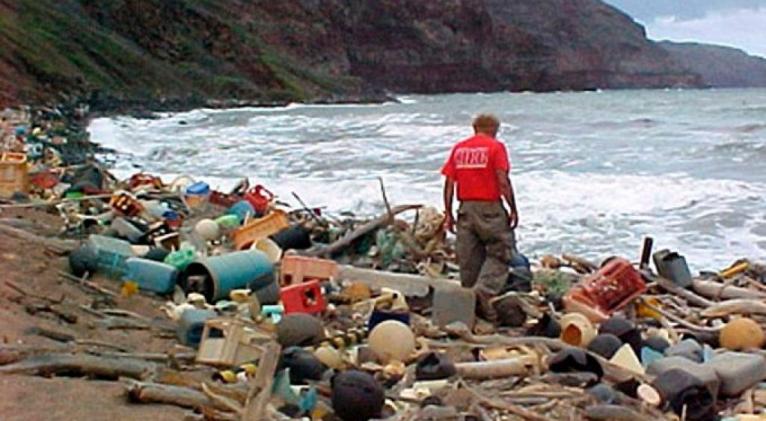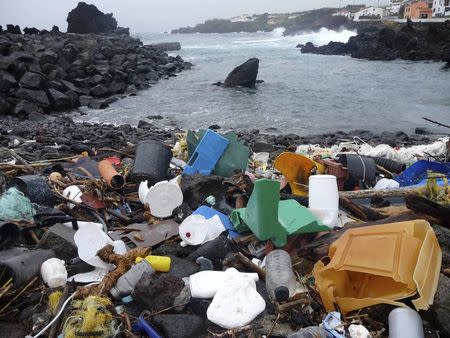Trash talk: 269,000 tons of plastic litter choke world's oceans
especiales

Researchers unveiled on Wednesday what they called the most scientifically rigorous estimate to date of the amount of plastic litter in the oceans - about 269,000 tons - based on data from 24 ship expeditions around the globe over six years.
"There's much more plastic pollution out there than recent estimates suggest," said Marcus Eriksen, research director for the Los Angeles-based 5 Gyres Institute, which studies this kind of pollution.
"It's everything you can imagine made of plastic," added Eriksen, who led the study published in the scientific journal PLOS ONE. "It's like Walmart or Target set afloat."
Ninety-two percent of the plastic comes in the form of "microplastic" - particles from larger items made brittle by sunlight and pounded to pieces by waves, bitten by sharks and other fish or otherwise torn apart, Eriksen said.

Experts have sounded the alarm in recent years over how plastic pollution is killing huge numbers of seabirds, marine mammals and other creatures while sullying ocean ecosystems.
Some plastic objects like discarded fishing nets kill by entangling dolphins, sea turtles and other animals. Plastic fragments also lodge in the throats and digestive tracts of marine animals.
The researchers said plastic litter enters the oceans from rivers and heavily populated coastal regions as well as from vessels navigating shipping lanes.
Larger plastic objects, abundant near coastlines, often float into the world's five subtropical gyres - big regions of spinning currents in the North and South Pacific, North and South Atlantic and Indian Ocean.
In the middle of these gyres, plastic trash has accumulated into huge "garbage patches" that act as "giant blenders - shredders that eviscerate plastic from large pieces to microplastics," Eriksen said.
The study, based on data from expeditions to all five subtropical gyres, coastal Australia, the Bay of Bengal and the Mediterranean Sea, estimated that there are 5.25 trillion particles of plastic litter. Tiny plastic particles, down to the size of a sand grain, have fanned out through the oceans and reach even remote polar regions.
The researchers said the particles readily absorb chemical pollutants like PCBs, DDT and others, and these toxins enter marine food webs when ingested by fish and other sea creatures.
(Editing by Eric Walsh)













Add new comment